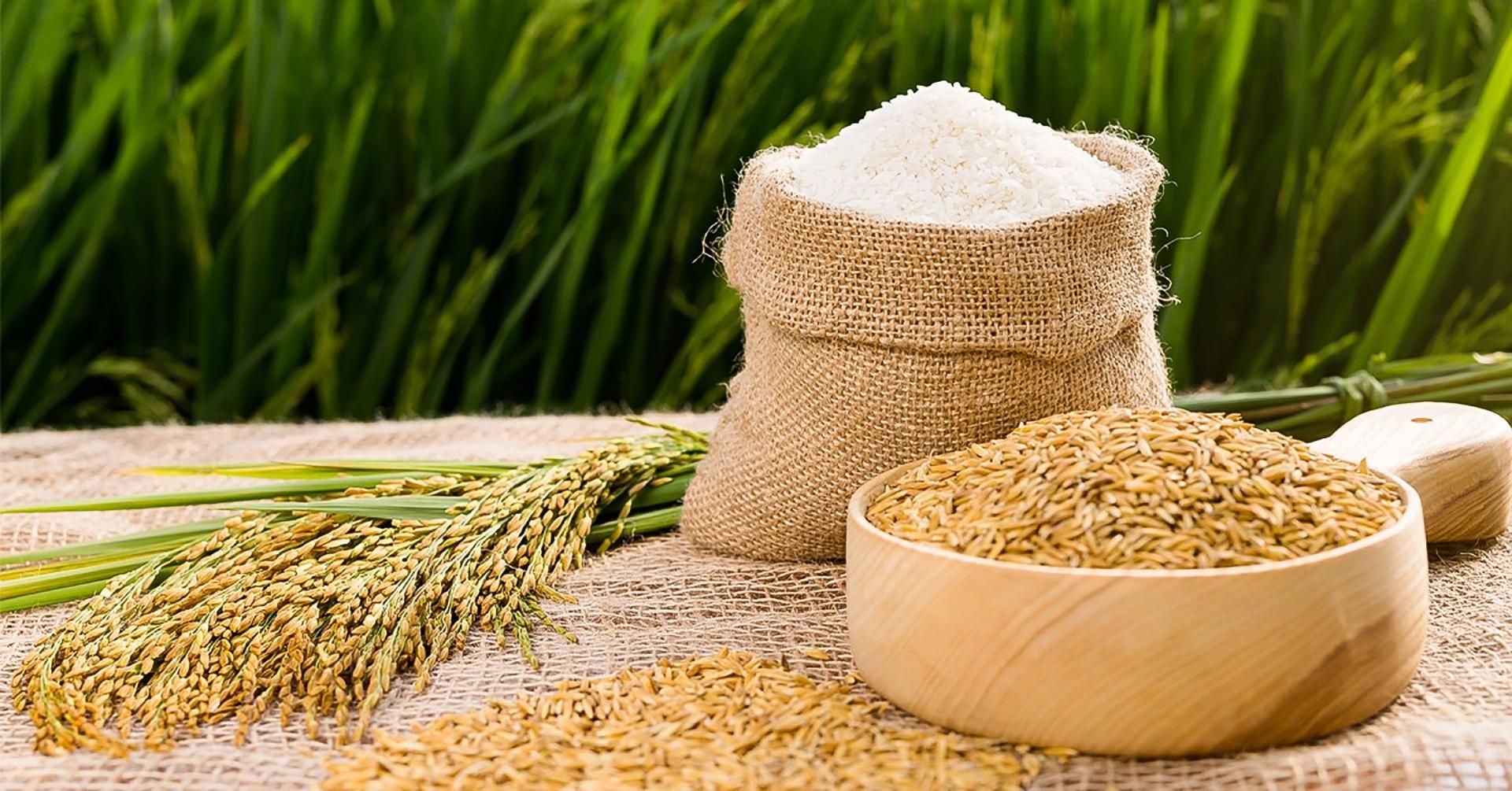
Vietnam is looking to increase the volume and revenue of rice exports in the remaining months of this year. However, a wide range of hindrances are looming on the horizon.
Last July, India banned rice exports, a move that is widely seen as a golden opportunity for Vietnam to bolster rice shipments abroad.
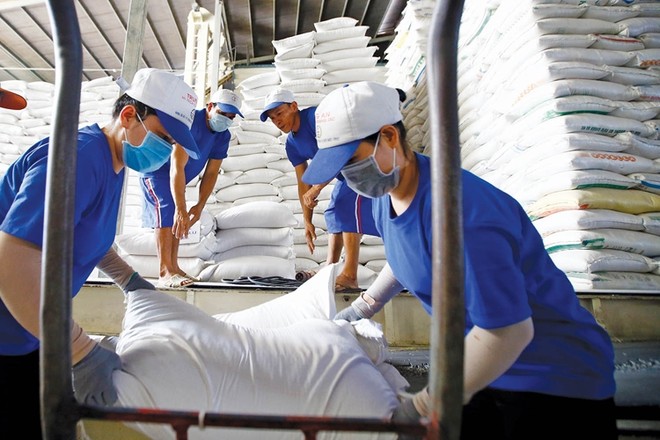
As of August, the country had exported nearly 6 million tonnes of rice, the highest amount ever recorded, up 20% year-on-year and accounting for 89% of the target set for the whole year, according to the General Department of Vietnam Customs.
This brought Vietnam’s total rice export turnover in the first eight months to almost 3.2 billion USD, a year-on-year increase of 34%.
China, Ghana, Indonesia and the Philippines were the largest buyers of Vietnamese rice.
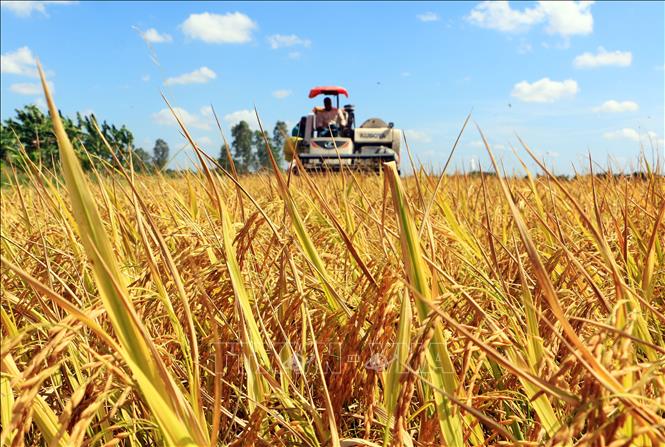
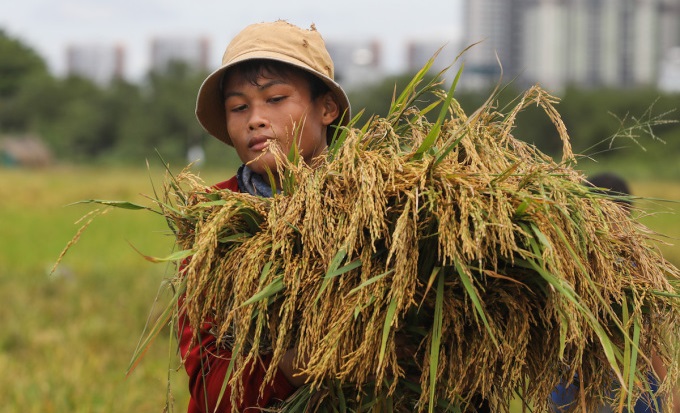


However, along with exports, Vietnam needs to ensure food security in the domestic market, and balance rice supply and demand.
Exporters remain worried that supply might not be enough to meet demand which is increasing in many countries.
Under Directive No. 24 on ensuring national food security, and promoting sustainable rice exports, Prime Minister Pham Minh Chinh ordered the Minister of Agriculture and Rural Development to join hands with stakeholders in the industry to branch out large-scale and high-quality rice production, and keep a close watch on the weather conditions to adjust production plans to ensure a paddy output of over 43 million tonnes in 2023.
Do Ha Nam, Vice Chairman of the Vietnam Food Association (VFA), described the Prime Minister’s Directive suitable to deal with the supply shortage situation in the world. The association has recommended enterprises to increase food reserves, and set aside 70% of the rice volume to serve domestic demand, he said.
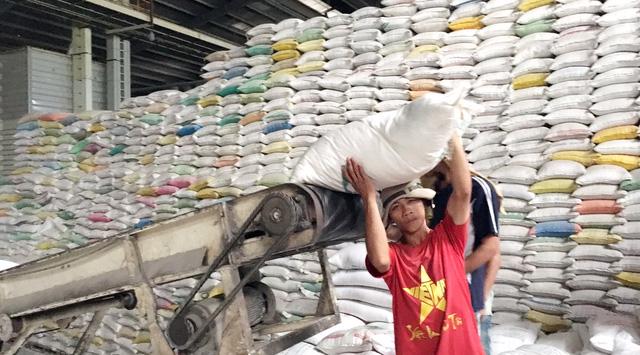

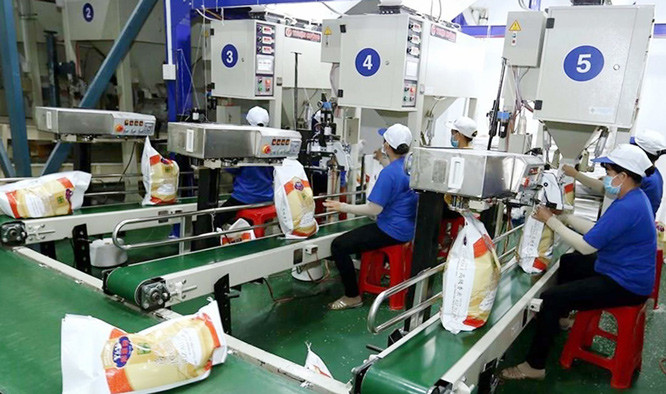
Meanwhile, the Ministry of Industry and Trade ordered its trade offices in foreign countries to keep a close watch on the global rice market so as to have sufficient information to provide for competent authorities who are responsible for outlining suitable production plans in the coming time.
Rice prices fluctuate
Despite concerted efforts from relevant sides to regulate the market, rice prices have fluctuated in recent days.
In a report to the Prime Minister, the VFA said exporters are facing formidable challenges to fulfill their contracts as a hike in rice price has put Vietnam’s rice supply chain in tatters.
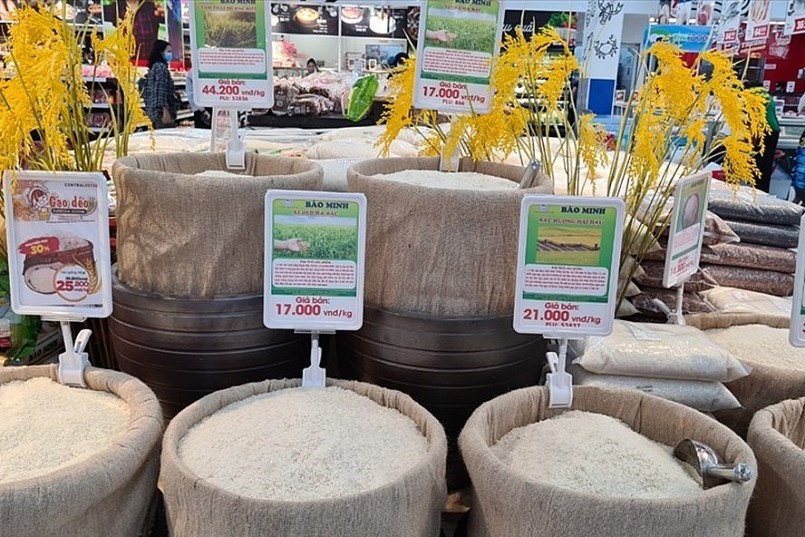
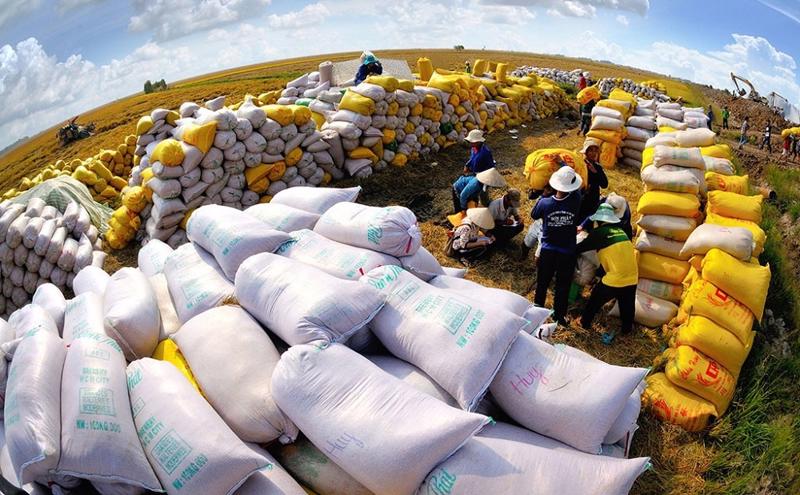
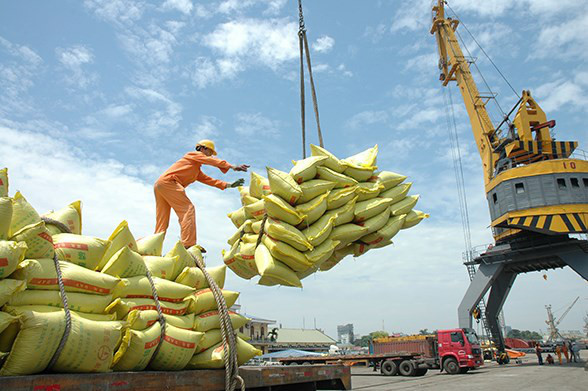
Since the beginning of August, export prices have risen to more than 660 USD per tonne. However, with the domestic prices hovering around 660-680 USD, exporters find it difficult to fulfill their signed contracts.
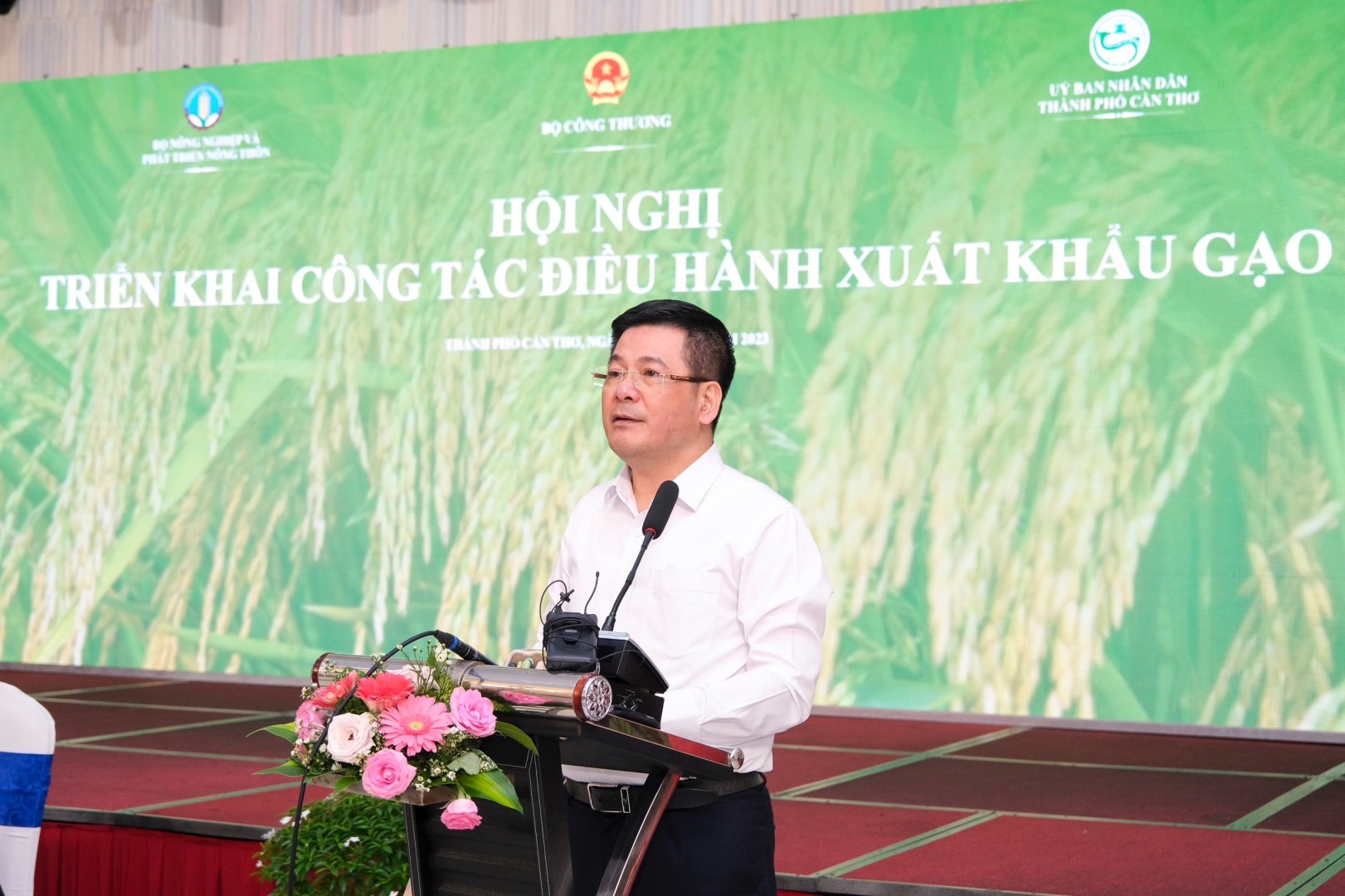
At the conference concerning rice export in the first half of the year held in Can Tho city, Minister of Industry and Trade Nguyen Hong Dien said that rice export management in a highly volatile market should ensure national food security and stablisation of domestic consumption.
He also stressed that an increase in rice exports is a golden opportunity to expand markets, and promote the brand of Vietnamese rice in the world, especially in new markets.
With a view to seizing the opportunity to increase rice exports, the Ministry of Agriculture and Rural Development has asked localities nationwide to increase rice production. Accordingly, the Mekong Delta is speeding up the production of fall-winter rice crops, with an expected increase of 50,000 hectares over the same period last year, reaching 700,000 hectares.
Vietnam is likely to enjoy a bumper rice crop if there are no widespread diseases and natural disasters.
Vietnam eyes 7.5 million tonnes in rice exports
Evaluating the domestic demand and production capability, Tran Duy Dong, Director of the Foreign Trade Agency under the Ministry of Industry and Trade, said that Vietnam is able to ship some 7.5 million tonnes of rice abroad in 2023.
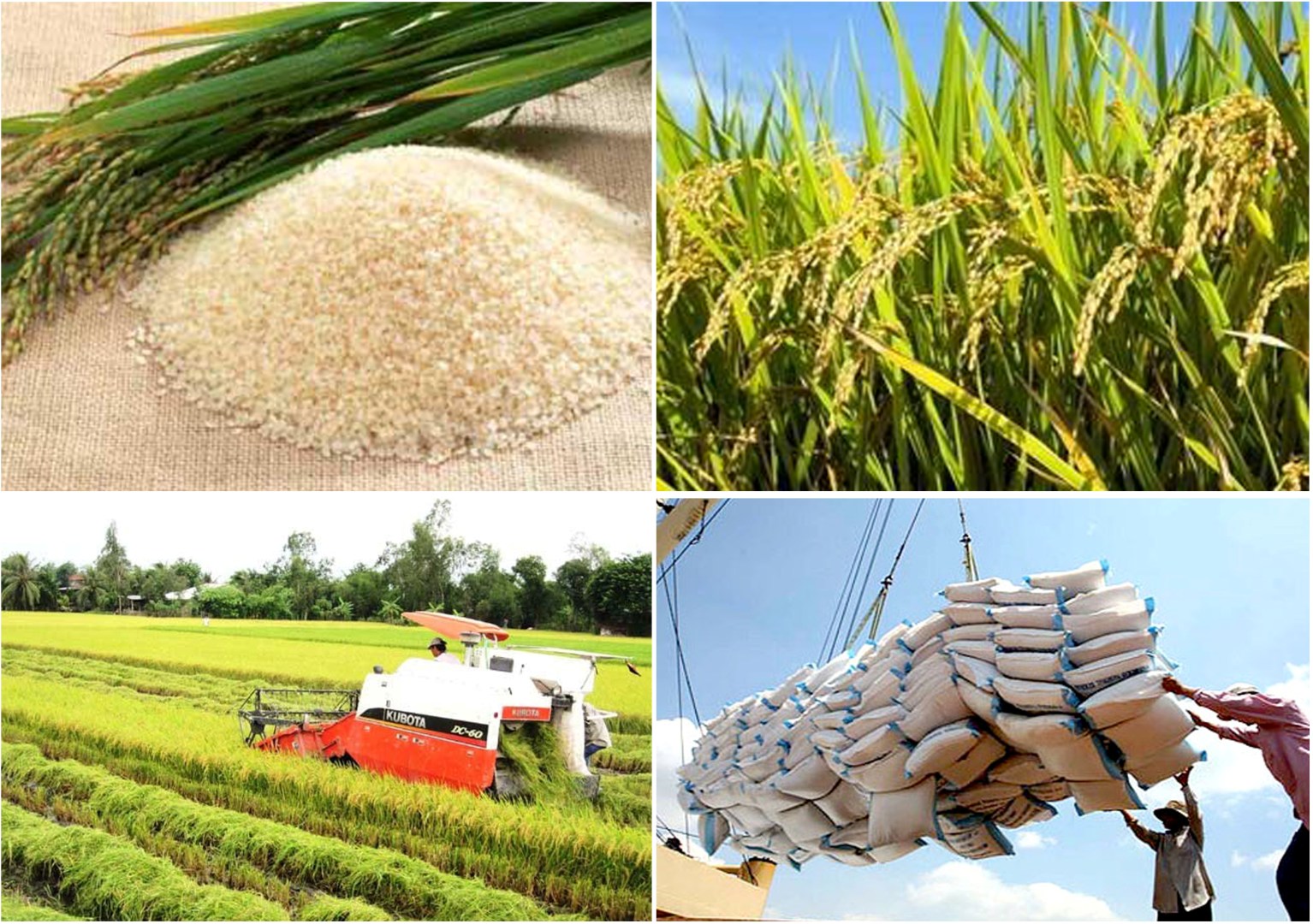
If the target is met, Vietnam will gain more money for socio-economic development, while affirming its role in ensuring global food security as it has committed at the United Nations (UN).
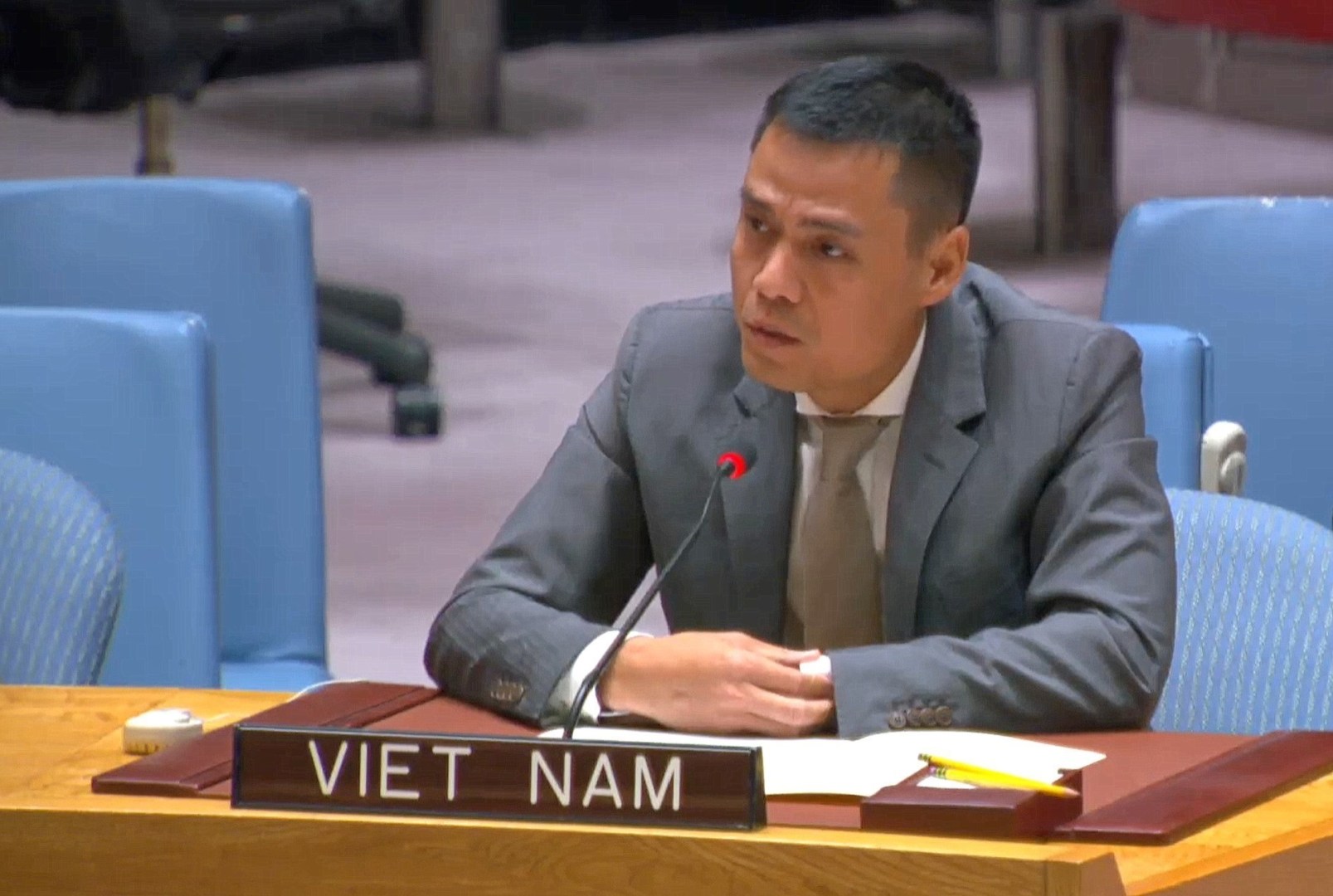
At the UN Security Council’s open debate on August 3, Ambassador Dang Hoang Giang, Permanent Representative of Vietnam to the UN, affirmed that Vietnam will continue making contributions to ensuring global food security by maintaining exports of rice and other agricultural products.
The commitment has been applauded by the international community in the context that famine and risks of food insecurity are plaguing many parts of the world due to armed conflicts.
The Vietnamese diplomat highlighted that Vietnam is also working to ensure food security in the domestic market, seeing this a target and a measure to boost its socio-economic development.
Vietnam lifted its way out of the list of countries that suffered the most from hunger, and has become a rice exporter since 1998. The country has exported more than 1 million tonnes of rice every year since 1989, and been among the three biggest rice exporters in the world until 2022./.
